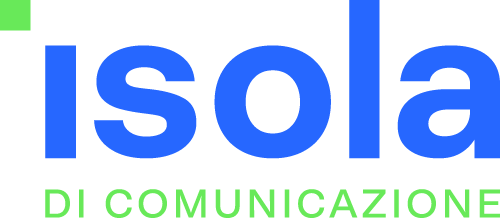Website updating is a practice that should never be underestimated, especially if we own a site built with a CMS.
A very famous CMS is WordPress, but there are others such as Joomla, Drupal or Prestashop.
In this article we will refer primarily to WordPress, but the content addressed is valid for any CMS we use. We will then see why website updating is a universally valid discussion.
A modern website needs constant maintenance in order to ensure flawless operation over the years.
Maintenance, unlike how it might seem on the surface, is not an insignificant detail. In a sense it can be regarded as “mandatory.”
Failure to update one’s website exposes us and visitors to serious risks because, newly designed sites, are by nature prone to vulnerabilities and cyber attacks.
The consequences can be many; we will list a few:
- Sudden site downfall. If an automatic backup system was not provided, there will be no chance to restore the site, which will be lost forever.
- Data and credential theft, with easily imaginable consequences.
- Site defacing, i.e., replacing the main page with a malicious page created by the attacker.
- Permanent deletion of the database, resulting in the loss of all site content. If no backups were present the deletion will be permanent.
- Inserting unwanted advertisements, making browsing annoying and dangerous and running the real risk of seeing one’s domain end up on a dreaded blacklist. We talked about blacklisting in this article.
So if we have a site in WordPress or made with another CMS, the smartest choice to make is to take care of maintenance.
However, if we do not feel confident in our abilities, the advice is to entrust the maintenance of our site to professionals in the field, who will ensure constant updates and protection in case of attacks.

How can I update my website by myself?
Proceeding independently with website updating is possible if we know what to do and where to put our hands.
A wrong procedure can cause serious, in some cases irreversible damage. So when updating a site yourself, it is always best to move with caution and awareness.
If we have doubts, it is best to seek all the advice we need from an expert: it is definitely better to lose a little time in the beginning but be prepared than to lose a lot more when the damage has already been done.
The difficulty of do-it-yourself maintenance can be classified as average; we will have to have the constancy to take care of it on a regular basis and to check that everything is in working order after each operation we perform.
Below we have divided the recommended maintenance tasks by steps, so as to simplify the reference and make this article a real guide for updating website with WordPress.
WordPress site backup
Before any operation, it is a good idea to always make a backup, because maintenance operations are not without risk. The occurrence of problems is anything but a remote possibility.
Backing up your WordPress site is important because incompatibilities can arise as we proceed with maintenance, so it is best to rely on well-rooted backup systems such as UpdraftPlus.
Remember that a properly made backup is our best weapon, which will help us come back if something goes wrong.
So we recommend that these warnings should not be underestimated and that a backup should be made whenever deemed appropriate.
WordPress core update
The core of WordPress is the basic structure of the well-known CMS, which is constantly maintained by a community of programmers scattered around the world.
Updating the WordPress core is important because, since it is common code in every website based on this CMS, when a vulnerability is detected, all WordPress-based sites will automatically become vulnerable to attack by malicious attackers.
Having a vulnerable site exposes us to high risks, which is precisely why WordPress developers very often release updates for the platform, which fix bugs and eliminate vulnerabilities that have come to light.
Updating in a timely manner is therefore recommended, however, watch out for incompatibilities with themes and plugins: if we update the WordPress core, it is not certain that everything will go smoothly right away, we need to check that the site does not have any issues or malfunctions related to contrasts with the new version of the core.
Updating plugins and add-ons
Plugins and any add-ons share with the core the characteristic of having common code across all sites where they are implemented.
So if a vulnerability is detected in a plugin, every WordPress site with that plugin installed will have security-related risks, so the same rules described above for the core apply.
Plugins, unlike the core, in the vast majority of cases are made by developers or software houses unrelated to WordPress development: therefore, each update will be released according to the timeline of the individual developer/software house.
It is possible to update plugins directly from the WordPress interface, but there are cases where plugins are bundled with the theme (i.e., sold together for one price) or that the release channel is not the classic one of wordpress.org.
In the case of plugins bundled with the theme we will have to wait for the theme developer to release a new package to install; in the case of plugins purchased outside wordpress.org we will have to download them directly from the developer’s site.
Remember that in case of incompatibility problems we can always restore the backup, as suggested in the first point.
WordPress theme update
The theme we chose for our site has some features similar to those mentioned for the core and plugins, which will be listed below:
- The theme can almost always be updated from the WordPress dashboard, but if the theme is released from other channels (e.g., the developer’s site) we will have to do the update manually.
- In case of unexpected compatibility-related problems we can always rely on our valuable backup and safely analyze the issue encountered.
- Vulnerabilities in a theme are risky for any WordPress site where that theme is installed.
To update a WordPress theme we will have to refer to the documentation released by each software house or developer, who will also provide us with a changelog, which is a list of vulnerabilities, bugs fixed and new features added.
PHP version upgrade
PHP is the programming language on which WordPress is based: the PHP language acts at the server level, unlike HTML which is relegated to browsers.
Therefore, to update PHP you need to contact your hosting provider, who will surely have set up an area in the control panel dedicated precisely to PHP settings and updating it.
One must keep in mind that the latest versions of PHP, while having several advantages listed below, may make the elements that make up WordPress: themes, plugins and cores, incompatible or unstable.
So after updating PHP, it is a good idea to check that the site is working in every part.
If we run into problems, fortunately it is almost always possible to go back to the previous version of PHP, fix the problem, and update the PHP version again.
The benefits of the PHP upgrade are many: increased site speed, improved security, improved compatibility with next-generation plugins, etc.

What is the cost of updating the website?
Updating a website does not have a definite cost, but we will still try to quantify it by taking into consideration some factors:
- Assume that for the first update we will take 3 hours, instead for the next updates we will take only 1 hour per month having gained more manual dexterity.
- We add up the hours needed for the first update and the monthly hours thereafter, so 3 hours plus 11 hours, resulting in 13 total hours of work per year.
- If, for example, an hour of our time is worth 35 euros, multiplying 35 by 13 gives us 455 euros in man-hours spent.
- To the expense just calculated we are going to add the cost of renewing our domain, hosting space and e-mail, which we assume has an annual cost of 70 euros.
- On top of that, let’s add up any renewals of subscriptions for some plugins or services that we routinely use, assuming an annual expense of 40 euros.
- We got 565 euros as an annual website update cost, and if everything went right, we will not spend any more money.
- Let us keep in mind, however, that unforeseen events are always around the corner, and since we have little experience in the field, it may take us much longer than assumed in this article.
Who can I turn to for updating the website?
There are specialized agencies that will periodically update your site, providing ongoing maintenance and saving you time and effort. Moreover, by relying on an agency, you will not run the risk of losing years of work due to a botched operation, a computer attack, or due to incompatibilities that have arisen.
We at Isola di Comunicazione also take care of this, contact us for a free analysis of your site.







